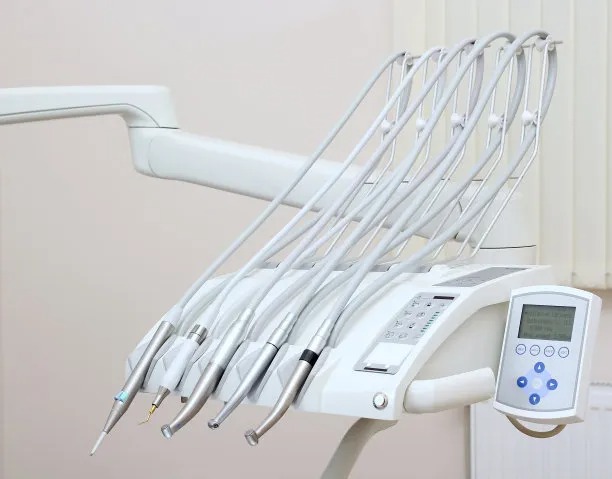The Essential Guide to Extracting a Tooth Safely and Effectively for Optimal Oral Health Management
Summary: Extracting a tooth can be a daunting experience, but it’s essential for maintaining optimal oral health. This guide provides a comprehensive look at the process of tooth extraction, emphasizing safety and effectiveness. We will delve into the different types of tooth extractions, the preparation required for the procedure, the extraction process itself, and the post-operative care necessary to ensure a smooth recovery. Proper understanding and execution of these steps can significantly enhance oral health management, making dental extractions a manageable and predictable aspect of oral care. By following these guidelines, patients can minimize complications and expedite healing, ensuring they maintain a healthy smile.
1. Understanding Tooth Extraction Types

Tooth extractions generally fall into two main categories: simple and surgical. Simple extractions are performed on teeth that are visible in the mouth, and they often require only local anesthesia for comfort. These procedures are more straightforward and typically result in minimal recovery time.
Surgical extractions, on the other hand, are intended for teeth that are not easily accessible. This might include teeth that have broken off at the gum line or those that have not yet erupted. Surgical extractions generally necessitate general anesthesia, making them more complex and requiring a more thorough aftercare protocol.
It’s crucial for patients to understand these distinctions, as the type of extraction will inform what preparation and recovery strategies are necessary for optimal healing. Discussing the specifics with a qualified dentist ensures that patients know what to expect based on their individual cases.
2. Preparing for Tooth Extraction
Preparation for tooth extraction starts with a thorough dental examination. Patients should communicate their complete health history and any medications they are currently taking. This information is vital in minimizing risks during the extraction process.
Additionally, patients may need to undergo X-rays to determine the root structure of the tooth and assess the surrounding bone and tissue health. Understanding the exact position of the tooth aids the dentist in planning the extraction carefully, thereby ensuring a smoother procedure.
It is also important to follow pre-operative instructions provided by the dentist, such as fasting before surgery if general anesthesia is required. This preparation significantly reduces complications and aids in a seamless extraction experience.
3. The Tooth Extraction Process Explained
The actual tooth extraction process begins with the administration of anesthesia to ensure the patient is comfortable and pain-free. Once the area is sufficiently numbed, dentists employ various tools to loosen the tooth from the surrounding gum and bone.
For simple extractions, the dentist will use an elevator to separate the tooth from the ligaments and a forceps to remove it. Surgical extractions may require incisions in the gum tissue to access teeth below the surface. After the tooth has been removed, the dentist may need to clean the site and sometimes place stitches to aid in healing.
During the extraction, the dentist will monitor the patient’s vital signs, ensuring that they remain stable. The procedure usually lasts anywhere from a few minutes to about 20 minutes, depending on the complexity of the extraction. Post-procedure, patients are often given instructions for recovery to minimize discomfort and risk of complications.
4. Post-Operative Care for Optimal Recovery
Post-operative care is critical for optimal healing after a tooth extraction. Patients should expect some level of discomfort, which can usually be managed with prescribed medications or over-the-counter pain relievers. Ice packs may also be applied to the outside of the cheek to reduce swelling and alleviate pain.
It’s important to maintain good oral hygiene during recovery, but patients should be cautious around the extraction site. Avoiding vigorous rinsing, spitting, or sucking actions for the first 24 hours helps prevent dislodging the blood clot that forms in the extraction site, which is essential for recovery.
Moreover, adhering to a soft diet for the first few days can facilitate healing and aid in comfort. Patients should also keep an eye out for signs of complications, such as prolonged bleeding or signs of infection. If any unusual symptoms occur, contacting the dental office immediately is advisable.
Summary:
In summary, tooth extraction, when necessary, can be safely and effectively managed by understanding the types of extractions, preparing properly, learning the extraction process, and adhering to post-operative care. Proper education and communication with dental professionals ensure that patients can approach the procedure with confidence, knowing they are taking steps towards maintaining their oral health.
This article is compiled by Vickong Dental and the content is for reference only.



